Danilo Kiš - The Attic
Here you can read online Danilo Kiš - The Attic full text of the book (entire story) in english for free. Download pdf and epub, get meaning, cover and reviews about this ebook. year: 2012, publisher: Dalkey Archive Press, genre: Prose. Description of the work, (preface) as well as reviews are available. Best literature library LitArk.com created for fans of good reading and offers a wide selection of genres:
Romance novel
Science fiction
Adventure
Detective
Science
History
Home and family
Prose
Art
Politics
Computer
Non-fiction
Religion
Business
Children
Humor
Choose a favorite category and find really read worthwhile books. Enjoy immersion in the world of imagination, feel the emotions of the characters or learn something new for yourself, make an fascinating discovery.
The Attic: summary, description and annotation
We offer to read an annotation, description, summary or preface (depends on what the author of the book "The Attic" wrote himself). If you haven't found the necessary information about the book — write in the comments, we will try to find it.
The Attic — read online for free the complete book (whole text) full work
Below is the text of the book, divided by pages. System saving the place of the last page read, allows you to conveniently read the book "The Attic" online for free, without having to search again every time where you left off. Put a bookmark, and you can go to the page where you finished reading at any time.
Font size:
Interval:
Bookmark:
Danilo Ki
The Attic
TRANSLATORS INTRODUCTION
Danilo Ki was born on February 22, 1935 in the northern Serbian city of Subotica. This city, known in Hungarian as Szabadka, has long been a crossroads of cultures; it lies in the northern part of the region known as Vojvodina, on the great plains that characterize central Hungary and lap over into eastern Croatia and western Transylvania as well. It has been a polyglot border town since the end of the Habsburg Empire in 1918. In Subotica and throughout the Vojvodina one would have noted in the interwar period the presence of Slovak, Ruthenian, German, Jewish, and Croatian minorities as well as the larger Hungarian and Serbian populations. This region, arguably the most diverse in all of the former Yugoslavia, was also home to two small, little-known population groups: the okci and the more numerous Bunjevci, who are Roman Catholic by tradition and are generally held, on the basis of their dialects, to be Slavic (possibly Croatian) settlers from points south and east.
Kis father was named Eduard Ki, a Hungarian Jew who worked for the Yugoslav railway company. Kis mother, born Milica Dragievi, was a Montenegrin Serb by nationality and an Orthodox Christian by religious affiliation. Eduard died in the Holocaust in 1944. Ki and his mother and sister spent the war in Hungary, returning to Montenegro in Titoist Yugoslavia in 1947. Ki went to school in Cetinje and university in Belgrade. He taught at several universities in France in the 1960s and 1970s. After defending his works and his approach to the art of writing in several rounds of literary and political polemics within Yugoslavia, he took up more or less permanent residence in France in the 1980s. He won several significant literary awards during his life, and passed away on October 15, 1989. He is buried in Belgrade.
Yugoslavias lifespan in the twentieth century encompassed all the major developments in European history from the end of World War I to the end of the Cold War and the fall of the Berlin Wall. The country existed as a (variously defined) union of six constituent republics from 1918 to 1991, and Kis life fell squarely into the heart of this time period. Royal Yugoslavia had a troubled existence before the Second World War, and the wartime experiences of Kis family personally, as well as his country as a whole foreign occupation, the Holocaust, a brutal civil war represented a sharp escalation of those troubles. The second, or socialist, Yugoslavia also began with a time of considerable pain and violence, as the communist leader Josip Broz Tito settled accounts with ideological foes and potential oppositionists through massacres, purges, and stifling cultural and political policies.
By the mid-1950s, however, Yugoslavia had evolved to a new stage, and it was in a much different cultural milieu that Ki started his literary career. Belgrade had always been the metropole of South Slavic culture; one can assert this without disparaging the significant cultural achievements of other cities in the region, such as Zagreb, Sarajevo, and Ljubljana, which lacked Belgrades broad-shouldered bluster and the intellectual autonomy that came with political independence. Belgrade was first the capital of the independent state of Serbia and then of both Yugoslavias.
Belgrade was recovering from the various atrocities visited upon it first by Nazi and then communist rule by the time Ki wrote his first novel, Mansarda (which, translated here as The Attic, might also be titled The Garret or The Loft in English). And, at least as importantly, Yugoslavia too was recovering. After Titos epoch-making split with Stalin in 1948, Yugoslavia developed its own third path of maverick socialism that soon left the arts a considerable amount of room to maneuver. By 1960, the hidebound dictates of socialist realism were largely dead; artistic controversies did still crop up, often fueled by inter-republican rivalry and sometimes by the lingering taboo on criticism of Marshal Tito and the reputation of his anti-Nazi guerrilla forces, the Partisans, but Ki was basically free to experiment with pan-European trends, taking his place beside older and internationally recognized Serbian writers, such as Ivo Andri, the 1961 Nobel laureate in literature, as well as the important voices from his own generation, such as Antonije Isakovi and Borislav Peki.
READING THE ATTIC
The Attic is the delightful story of a Belgrade bohemian nicknamed Orpheus. He is a writer and a lute player, a skirt-chaser and a philosopher, a dreamer and probably a perpetual student. The novel is set, rather vaguely, in the capital and coastal regions of Yugoslavia in the 1950s. As he is wrestling with his feelings for a young woman he calls Eurydice, Orpheus is also wrestling with his calling as an artist. Towering over Orpheuss actual comings and goings and his not inconsiderable flights of fancy are the colossal, perpetual, neon-lit questions about ART: What is its relation to reality, and how should a persons commitment to it affect his or her personal life?
Like Kis other prose works, The Attic is not complex in syntax or diction. But it does contain more humor than his other novels humor that reminds one of his (as yet untranslated) short stories such as An American Tale or essays such as Shakespeare and Sausages. We come across a skeptical goldsmith in Chapter One, a lewd but erudite blotch of mold on the ceiling in Chapter Two, a riff on the perils of amateur translation in Chapter Three, an unusual payment in kind for English lessons proffered to the sluts of the port in Chapter Six, and so on. Indeed the entire book is shot through with wordplay manifested in nicknames and permutations on designations for food and drink and other consumer products. There are brief but bracing love scenes, the light decadence of barroom shenanigans, an encounter with a prostitute, and a lot of trading in stock literary and pop-culture references. Underscoring the youthful feel of the work youthful for the protagonist as well as his real-life author are the compendia of big questions and food for thought in the first two chapters. These are the issues, indeed, that teenagers and twenty-somethings in all cultures have to spend their time sorting out and, one hopes, answering.
Orpheus lives in an attic with Billy Wiseass (real name: Igor) in a large apartment building in Belgrade. The two young men philosophize and read and party and decorate their apartment in in the way of young, irrepressible intellectuals and city-dwellers. They are, in fact, coming to terms with the meaning of life and awakening (in the manner of one of those coming-of-age novels that literary critics call a Bildungsroman) to lifes possibilities and limitations and costs. Orpheus meets a young woman he really likes. He then takes off on an imaginary (or real?) trip to the South Seas where he gains new perspectives on courtship and European identity. He senses that he is walled in by his own egocentric perspectives and that writing about other people might prove to be his liberation. But he has a long row to hoe.
By Chapter Four, Orpheus is back in Belgrade, where we are treated to a dose of postmodernist discourse from the cleaning lady, who has fallen in thrall to Billy. But so has another, younger woman, whose accidental pregnancy serves to illustrate another strange dilemma of the postmodern writer. Ki, it seems, just cant leave the controls of meta-narration alone, for we then go skimming along a lengthy pastiche of Thomas Manns The Magic Mountain. Orpheus continues to be plagued by a real tension between art and love and also by a glaring inability to nail down his actual or proper role in managing either.
Always in search of new takes on reality, Orpheus and Billy open a pub and continue their meandering ways. Their decadence is really just sloppy self-discovery. Their indulgence becomes tempered by encounters with their emotional and physical limitations and their artistic needs. A great mystery or puzzle of life, perhaps
Font size:
Interval:
Bookmark:
Similar books «The Attic»
Look at similar books to The Attic. We have selected literature similar in name and meaning in the hope of providing readers with more options to find new, interesting, not yet read works.
Discussion, reviews of the book The Attic and just readers' own opinions. Leave your comments, write what you think about the work, its meaning or the main characters. Specify what exactly you liked and what you didn't like, and why you think so.

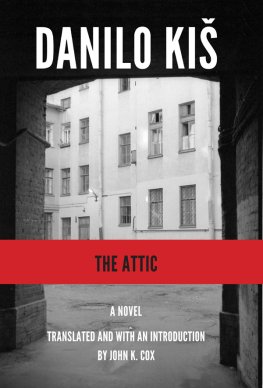


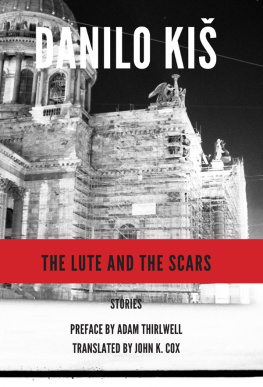
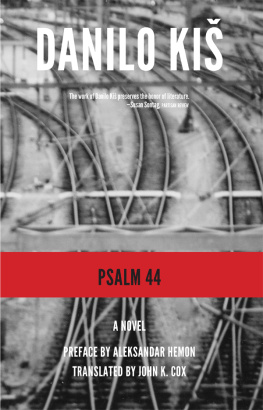
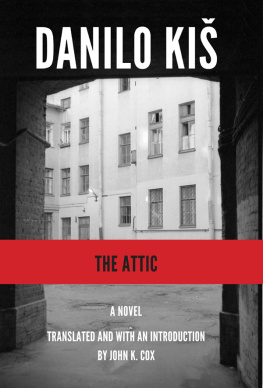


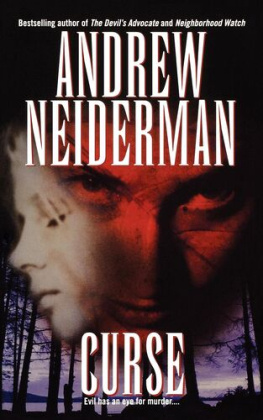
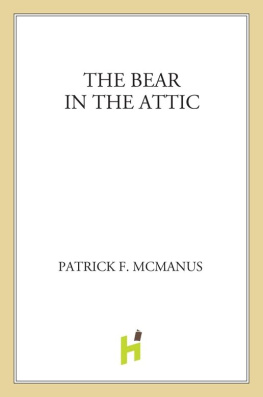
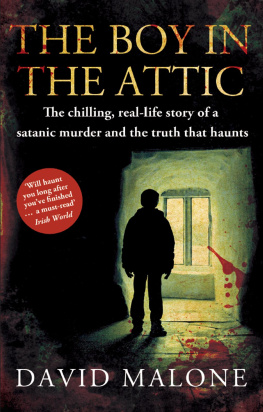
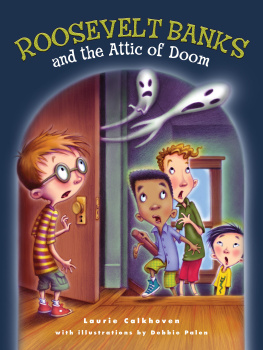
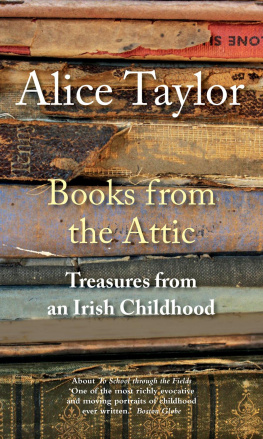

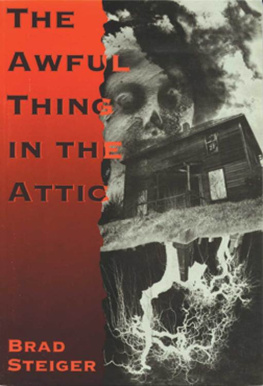
![V. C. Andrews [V. C. Andrews] - Dollenganger 01 Flowers In the Attic](/uploads/posts/book/57457/thumbs/v-c-andrews-v-c-andrews-dollenganger-01.jpg)